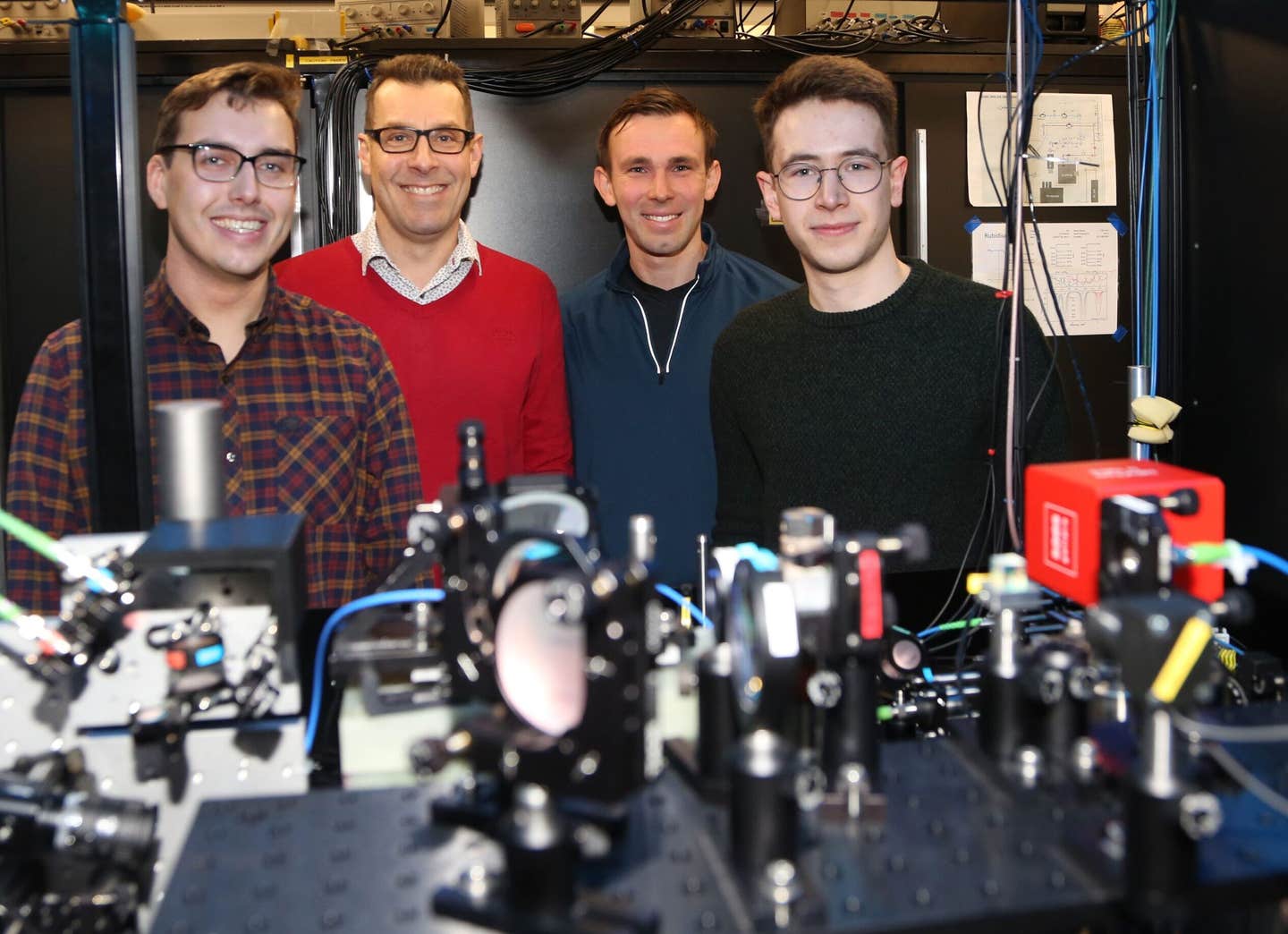What happens in your brain when you daydream
In the midafternoon slog of spreadsheets and deadlines, we tend to conjure up more pleasant scenes, like lush beaches with generously

[Sept. 23, 2020: Molly Glick]
In the midafternoon slog of spreadsheets and deadlines, we tend to conjure up more pleasant scenes, like lush beaches with generously poured margaritas. How can our minds suddenly fly thousands of miles while our bodies remain tethered to office cubicles?
We form thoughts separate from our current circumstances likely thanks to a cluster of brain regions called the default mode network, which lights up with activity when we fantasize. It constantly interacts with other bits of the noggin, including those more heavily involved in mood, says Aaron Kucyi, a cognitive neuroscientist at Northeastern University. That makes our daydreams deeply intertwined with our emotions, hence why on duller days we might imagine more blissful scenes.
Though these visions may appear as an act of leisure, constantly having your head in the clouds isn’t necessarily a habit you need to break. A wandering mind is usually a healthy one—this creative thinking may help us reflect on the past and plan for the future. At the very least, it helps us smile through the monotony of the present.
This Brighter Side of News post courtesy of Popular Science.
Like these kind of stories? Get The Brighter Side of News' newsletter.
Joseph Shavit
Head Science News Writer | Communicating Innovation & Discovery
Based in Los Angeles, Joseph Shavit is an accomplished science journalist, head science news writer and co-founder at The Brighter Side of News, where he translates cutting-edge discoveries into compelling stories for a broad audience. With a strong background spanning science, business, product management, media leadership, and entrepreneurship, Joseph brings a unique perspective to science communication. His expertise allows him to uncover the intersection of technological advancements and market potential, shedding light on how groundbreaking research evolves into transformative products and industries.



